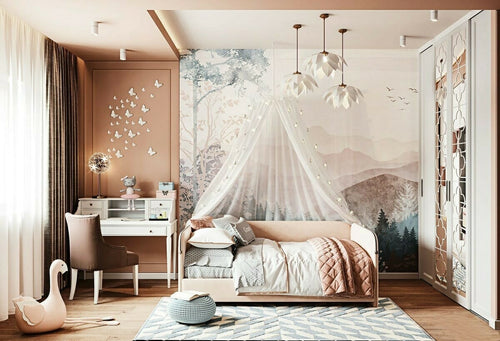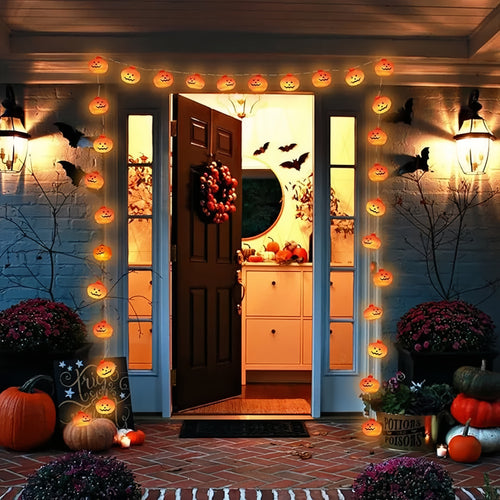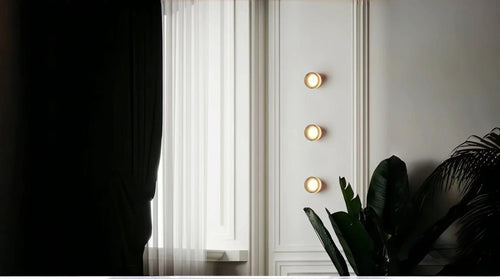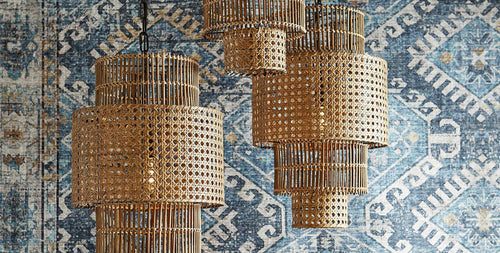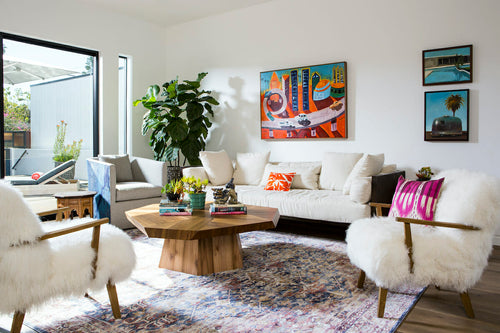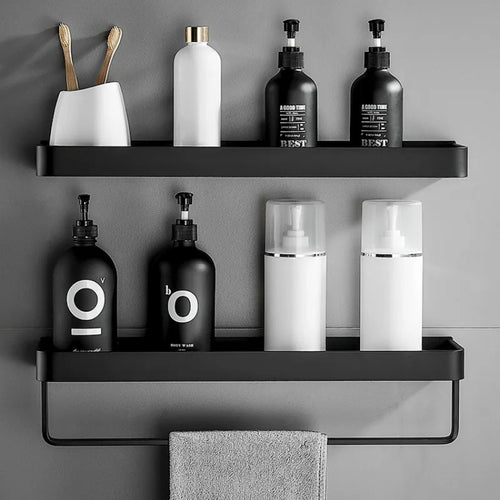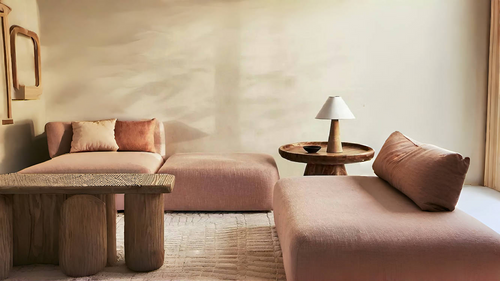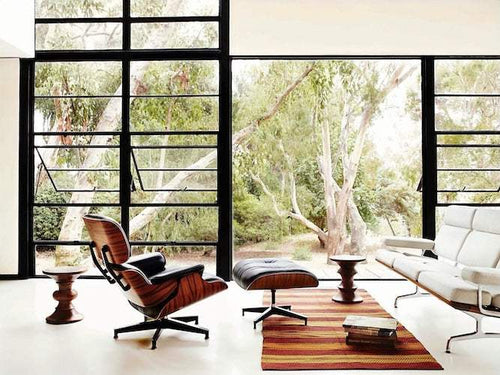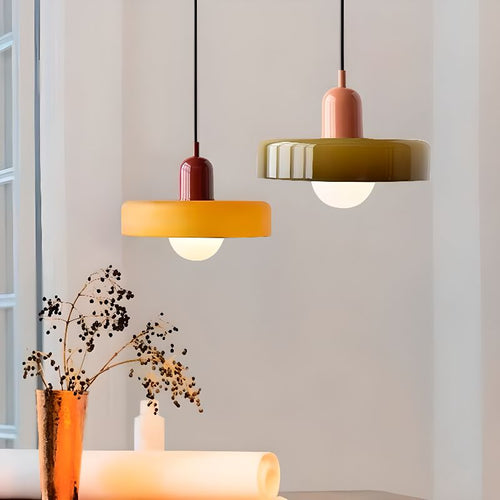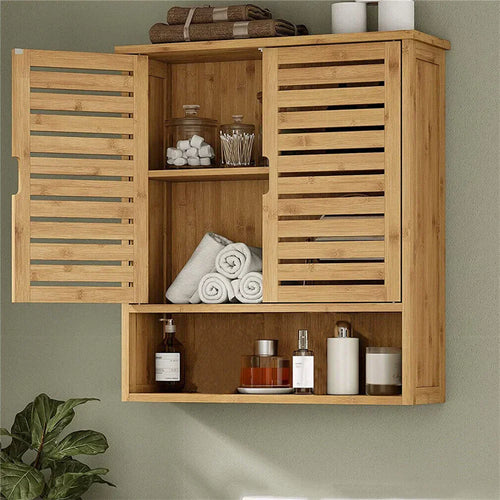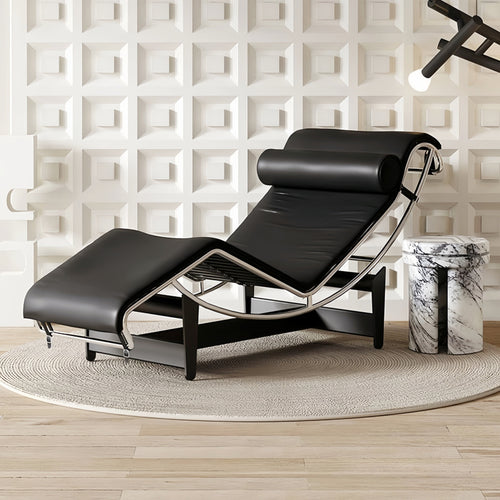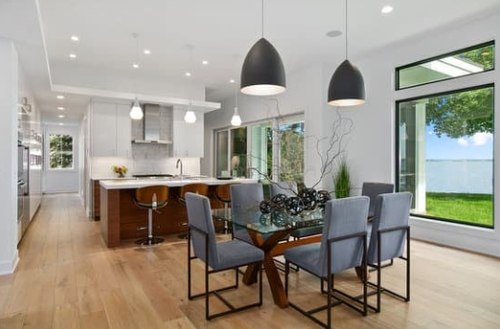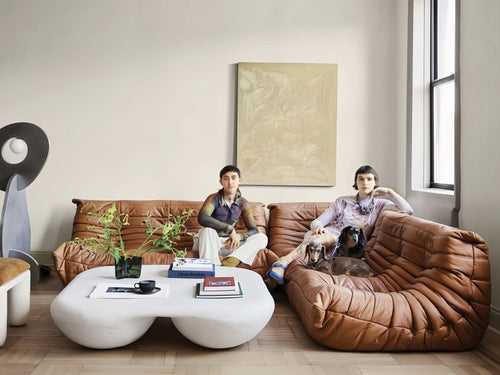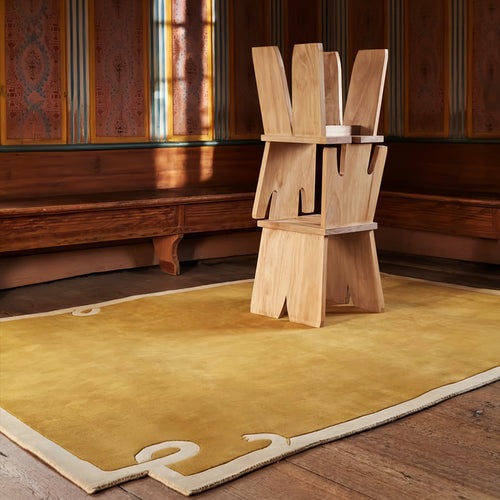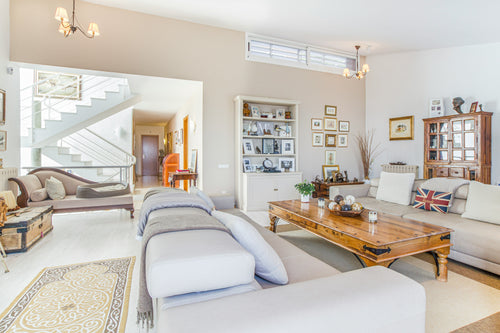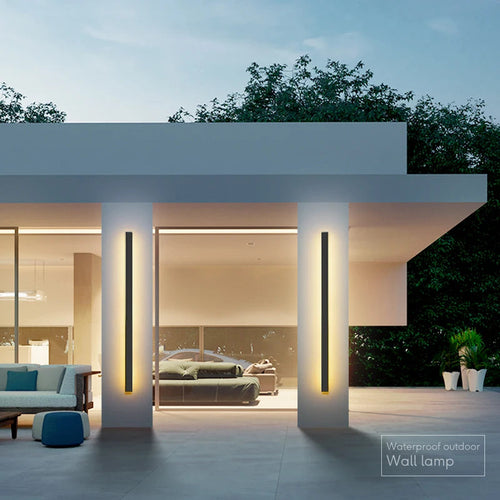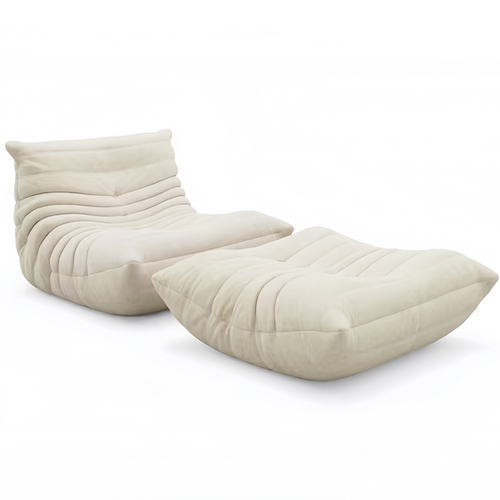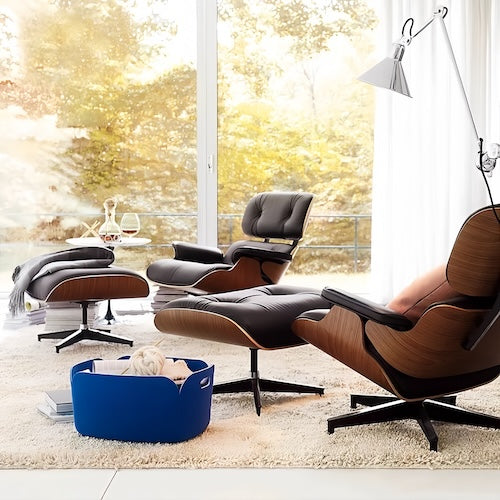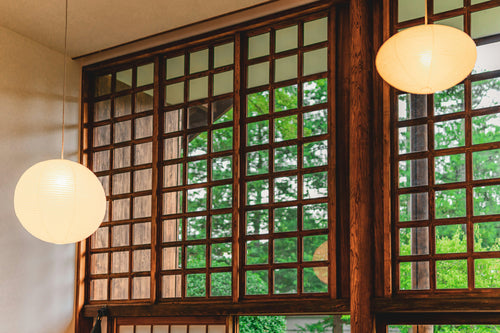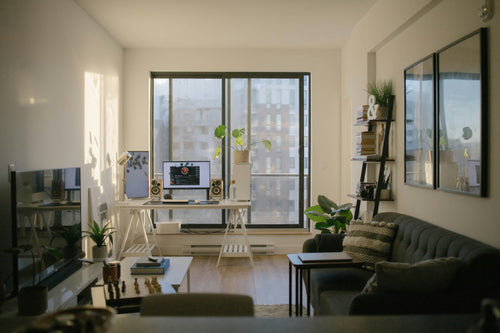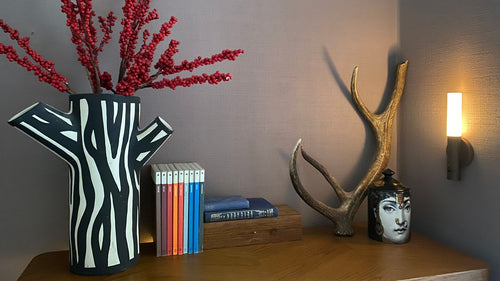The standard amount of light required by a room is that which will make objects clearly visible to the eye without causing excessive strain. The amount of light suitable for a room also depends on the purpose and size of the room
When selecting lights for any space, you have to ask yourself what is this room meant for? What kind of activities will be conducted within this room? The answers you provide to these questions will give an hint to the amount of light required by the room.
This article is going to reveal the amount of wattage required for the conventional rooms we find both work and within our homes. The activities that we carry out in the workplace vary significantly from what we do within our homes.
As a result, the wattage requirement for the rooms in these locations vary significantly. However, people often make the mistake of assigning the same wattage LED bulbs to these rooms.
In addition, the erroneous belief that more wattage means more light intensity is still very common today. With LED bulbs, as little as 6 Watts can be used to generate 450 lumens of light. This is enough to light up a 70 square foot hallway.
This article is going to discuss the watt requirement for the multiple rooms we have in our homes and offices today. It will also explain how to calculate the watt requirement for any room.
Lumens: Why Are They So Important?
Before we begin discussing the amount of watt led bulbs required for a room, we will have to consider the factors that contribute to the wattage required for each room. One of such factors is the Lumen.
The Lumen is a unit used to measure the intensity of light produced by a light source. The reason why the lumen is so important is; Watts simply tell you how much power is consumed by a bulb. They do not tell you how bright the light from a bulb is, lumens do.
Hence, when considering the amount of power required by a bulb,it is important you know the amount of lumens that are produced by said bulb. In order to properly light up a room, you have to select a bulb that will produce the needed light intensity (lumen).
Once you identify the amount of lumens required in each room, you can then select a bulb with the appropriate wattage.
Size Of The Room
The size of a room is an important factor to consider when determining the amount of wattage needed by a room. To determine the size of a room, you will have to consider its area.
In special cases where the height of the room, exceeds the standard ceiling height of 9 feet , you will also have to put the height into consideration.
To calculate the area, you multiply the length of the room by its breadth. For instance, if your dining room is a 100 ft long and 70 ft wide, the area will be 7,000 square feet.
The knowledge of the size of the room is important because, to determine the watt LED bulb requirement of any room, you will have to determine the luminous Flux per unit area also known as the feet candles requirement.
The feet candle requirement is another means through which you can measure the intensity of a light bulb. It is described as the brightness of a light bulb measured from a distance of one foot. Hence, the name foot-candle light.
The foot-candle requirement varies between rooms depending on the purpose and type of room being considered. It is also important to note that the value of the foot-candle light is also important in the determination of the lumen requirement of any room.
Once this is done, you simply have to determine the amount of watt required to deliver the necessary lumens to your the room.
How Much Watt LED Bulb Is Required In A Room.
As we stated earlier, the wattage is not a measure of brightness, but a measure of the amount of electricity a bulb consumes in order to reach its claimed brightness.
When purchasing LED bulbs, you will discover that the required Watts, and the corresponding Lumen the bulb will produce will be displayed on the packaging.
Hence, determining the Watt for each bulb isn’t the problem. The problem is determining the light intensity required for each room within your home and office space.
For LED bulbs, the relationship between Lumens and Watt requirement is presented below:
| Light Intensity (Lumens) | Required Watt |
| 450 Lumens | 6 Watt |
| 800 Lumens | 9 Watt – 10 Watt |
| 1100 Lumens | 13 Watt |
| 1600 Lumens | 16 Watt – 18 Watt |
| 2600 Lumens | 24 Watt (Special high voltage lamps) |
| 5800 Lumens | 45 Watt (Special high voltage lamps) |
Using the table above, you can easily determine the Watt requirement for any room. The key factors you have to consider are:
- The area of the room.
- The purpose of the room.
- The type of paint used in the room.
- The foot-candle rating for the room.
- The number of windows in the room.
These factors will help you determine the required lumen rating you need for any room.
We have determined the amount of lighting required for conventional rooms that you may come across in your home and office. The table below details the Lumen and Watt requirement different rooms you may come across.
Commercial Requirement
| Room | Foot Candles Needed | Area | Lumen | Watt requirement |
| Offices: Writing and reading | 50-75 | 150 square feet | 7500 – 11,250 | Two 45 – Watt bulbs |
| Office hallways | 10-20 | 200 square feet | 2000 – 4000 | Four 13 – Watt bulbs |
| Offices: Rooms with computers | 20-50 | 70 square feet | 1400 – 3500 | One 24 – Watt bulbsOne 16 – Watt bulbs |
| Auditorium / Assembly | 15-30 | 2000 square feet | 30,000 – 60,000 | Ten 45 – Watt bulbs |
| Labs / Treatment rooms | 75-100 | 100 square feet | 7,500 – 10,000 | Two 45 – Watt bulbs |
| Libraries | 50-100 | 1800 square feet | 90,000 – 180,000 | Thirty-one 45 – Watt bulbs |
| Classrooms | 30-100 | 75 square feet | 2,250 – 7,500 | Three 24 – Watt bulbs |
Residential Requirements
| Room | Foot candles needed | Area | Lumen | Watt requirement |
| Living room | 10-20 | 100 square feet | 1000 – 2000 | Two 13 – Watt bulbs |
| General kitchen | 30-40 | 70 square feet | 2100 – 2800 | Two 16 – Watt bulbs |
| Kitchen stove | 70-80 | 5 square feet | 350 – 400 | One 6 – Watt bulb |
| Kitchen sink | 70-80 | 7 square feet | 490 – 560 | One 9 – Watt bulb |
| Dining room | 30-40 | 30 square feet | 900 – 1200 | One 18 – Watt bulb |
| Bedroom | 10-20 | 40 square feet | 400 – 800 | One 10 – Watt bulb |
| Hallway | 5-10 | 25 square feet | 125 – 250 | One 6 – Watt bulb |
| Bathroom | 70-80 | 18 square feet | 1260 – 1440 | One 18 – Watt bulb |
The values in the tables above represent the Watt requirements for different rooms that you may come across in both residential, and commercial areas.
The Watt requirement may vary in a real life scenario, if the area of the room is wider. It may also vary if you desire more foot candles. However, if the room matches the designated area and foot candles used above, the corresponding wattage will light up the room just fine.
When in doubt, always go for more. If the resulting light is in excess, you can always get a dimmer. However, if the resulting lighting does not meet your needs, you will have to make a fresh purchase.
Dimmers
Dimmers have many benefits, and can save you money in the long run. With Dimmers, the same light fixture can be high intensity for tasks in the day, and low intensity for nights.
Treat a dimmer like a thermostat or a TV volume control.Lighting can be as flexible as room temperature or noise volume.
There are 4 basic dimmer functions.
Adjustment: to adjust the intensity of light. Done with a knob, slide, or touch pad.
Presets: When you turn off the light, then turn it on, the dimmer remembers the intensity.This is done with separate intensity controls and an on/off switch.
Remote / 3-Way: These allow you to control lights from more than 1 location.
Indicator Light: This makes it easy to locate in a dark room, or tell the difference between off and very dim.
How Dimmers Work
There is some confusion concerning how dimmers work, since early dimmers worked differently than modern dimmers. Dimmers for different types of light also work differently from each other.
Different light sources require different dimmers.
Don’t use a low voltage dimmer on a 120 volt fixture.
The length of time the dimmer is on or off determines the brightness.
Adjust the dimmer with the knob, slider, or rocker to set the on/off time.
Older dimmers changed the resistance or voltage of the circuit.
Modern dimmers do not.
Conclusion
The amount of Watt led bulb required by a room depends on multiple factors.
These factors include the size of the room, the purpose of the room, the light intensity the bulb is meant to produce and the color of paint used on the walls.
As a precaution, when purchasing a light bulb, it is best if you also get a dimmer.
This will help moderate the light intensity of your LED bulbs both during the day, and at night




